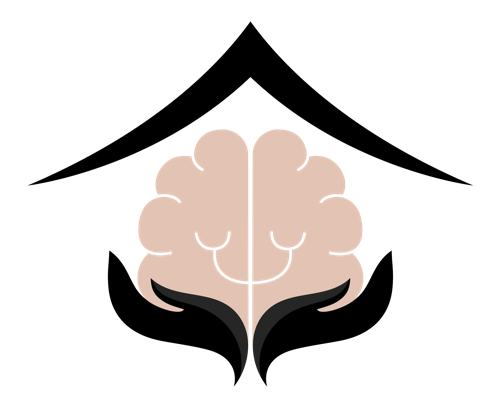The Nature of Ketamine in Mental Health Care
Ketamine, initially known for its use as an anesthetic, has emerged as a promising treatment for various mental health conditions, including depression, anxiety, and PTSD. Its unique ability to produce rapid antidepressant effects has revolutionized the approach to mental health care, particularly in cases resistant to traditional treatments. However, its psychoactive properties have raised questions about the potential for “bad trips” or uncomfortable experiences during treatment.
Distinguishing Between “Bad Trips” and Therapeutic Experiences
It is crucial to differentiate between the recreational misuse of ketamine and its controlled, therapeutic use. In recreational scenarios, ‘bad trips’ refer to distressing and disorienting experiences often resulting from high doses and lack of medical supervision. In contrast, ketamine treatments for mental health are administered in carefully controlled doses and a safe, supportive environment. This distinction significantly reduces the likelihood of adverse experiences.
 Understanding “Uncomfortable Experiences” During Treatment
Understanding “Uncomfortable Experiences” During Treatment
During ketamine therapy, patients may encounter intense emotional and cognitive experiences. These can sometimes be unsettling but are a part of the therapeutic process. Unlike a ‘bad trip’ characterized by fear and confusion, these experiences, though uncomfortable, can facilitate a breakthrough in therapy. They often involve confronting deep-seated emotions or memories, leading to catharsis and improved mental clarity.
The Safety and Efficacy of Low-Dose Ketamine
The doses used in ketamine therapy are typically much lower than those used for recreational purposes. This lower dosage reduces the risk of disorienting side effects while maintaining therapeutic efficacy. Clinical settings also employ stringent monitoring and support protocols, ensuring patient safety and comfort throughout the treatment.
Navigating Uncomfortable Experiences
- Professional Support: Clinicians are trained to guide patients through the therapy, providing reassurance and emotional support.
- Preparation: Patients are prepared for the range of experiences they might encounter, helping reduce anxiety and fear.
- Integration: Post-session, therapists help patients process and integrate their experiences, enhancing the therapeutic outcome.
- Safety Measures: The treatment setting is designed to ensure safety and comfort, with immediate intervention available.
 Embracing the Therapeutic Journey
Embracing the Therapeutic Journey
Uncomfortable experiences during ketamine treatment should not be feared but understood as a part of the healing process. These experiences can lead to significant therapeutic breakthroughs and are often followed by feelings of relief and improved mental wellness. The clinical use of ketamine, with its safety and support measures, ensures that patients are not alone in their journey and that any discomfort is carefully managed.
Conclusion
Ketamine therapy represents a significant advance in mental health treatment, offering hope to those with treatment-resistant conditions. While the possibility of uncomfortable experiences exists, they are a natural part of the therapeutic process and are far different from the ‘bad trips’ associated with recreational use. With professional guidance and support, these experiences can be transformative, leading to profound healing and recovery.

 Understanding “Uncomfortable Experiences” During Treatment
Understanding “Uncomfortable Experiences” During Treatment Embracing the Therapeutic Journey
Embracing the Therapeutic Journey

